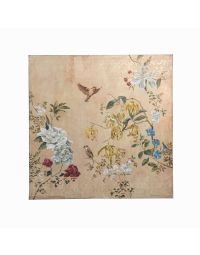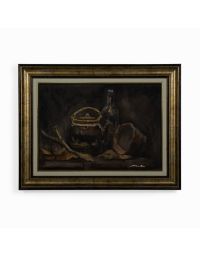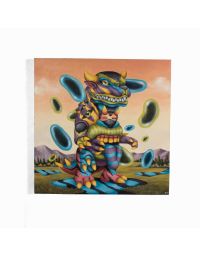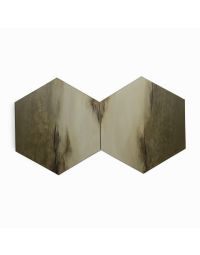To help bring the world of art online and into the homes of every Filipino, e-Commerce startup shopITOOH is launching a brand new category that showcases the works of up and coming talent that is very much homegrown and overflowing with distinct artistry and style.
“Because of how art’s infinite universe of genres and expressions somehow intimidate those who are foreign to it, we at shopITOOH resolve to democratize its complexities and have it dissolved down to the simple act of curating one’s Homestyle,” shared shopITOOH COO Andrew Bercasio.
Art collecting only looks like an elusive club not because of inaccessibility but because of sensibility. As Andy Warhol once said, “Everything has its beauty, but not everyone sees it.” Love and appreciation for any form of art is enough. For shopITOOH, everyone is welcome to collect art - just take the first step and begin curating. To get started, here are some quick and easy pointers to learn from.
1. Find What Speaks to You
Art is inspiration that comes alive, be it in the creator realizing his vision or the beholder being struck by their interpretation of the piece. You don’t necessarily choose artwork like you would an item of food in the market. There are no labels or best-by dates that need to influence what you think would “work.”
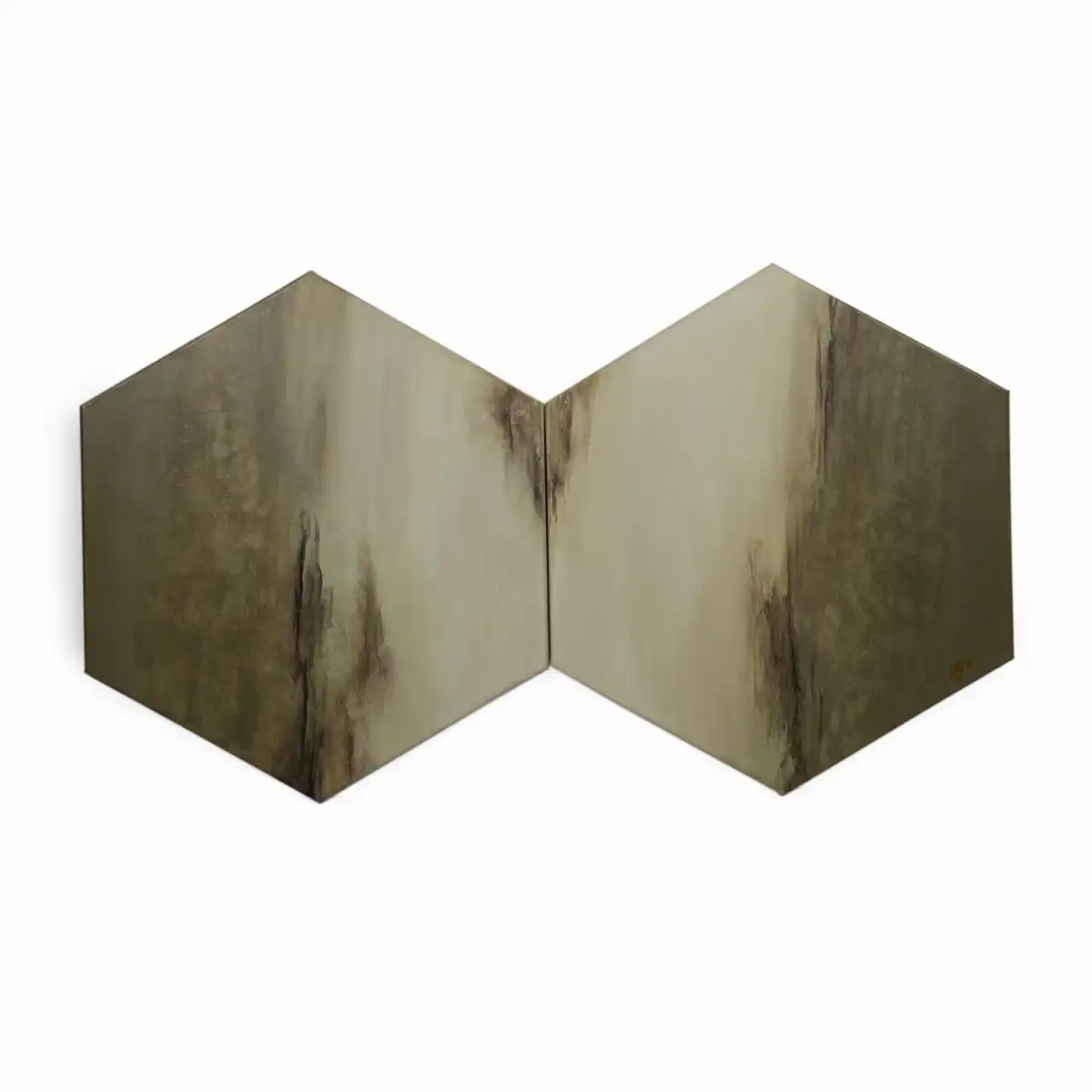
“It is simply about finding pieces that spark something in you and make you feel like they’re worth gazing upon more than once,” said Andrew. You are less likely to regret investing in a piece if it’s something that feels serendipitous.
2. Build Around a Theme
If you’re not sure how to curate your collection, it may help you greatly if you build it around a theme. This can be a topic, a color palette, or even an art style. You may even use Art to tell your own story. See if you enjoy abstract, surrealism, pop art, or any other styles and use that as a base point.

Not only will it be an easy way of creating a cohesive thread throughout your collection, it also ensures you can build upon a style you won’t likely get sick of. The great thing about finding art that you love is you can then branch out with more ease because you start understanding both familiar and foreign concepts that stand out to you.
3. Consider Composition
While the artist must take control of the composition on their canvas, the collector thinks about the composition of their display. The placement of your pieces can speak volumes, not just on the aesthetic appeal of the collection but also about your manner of self-expression.
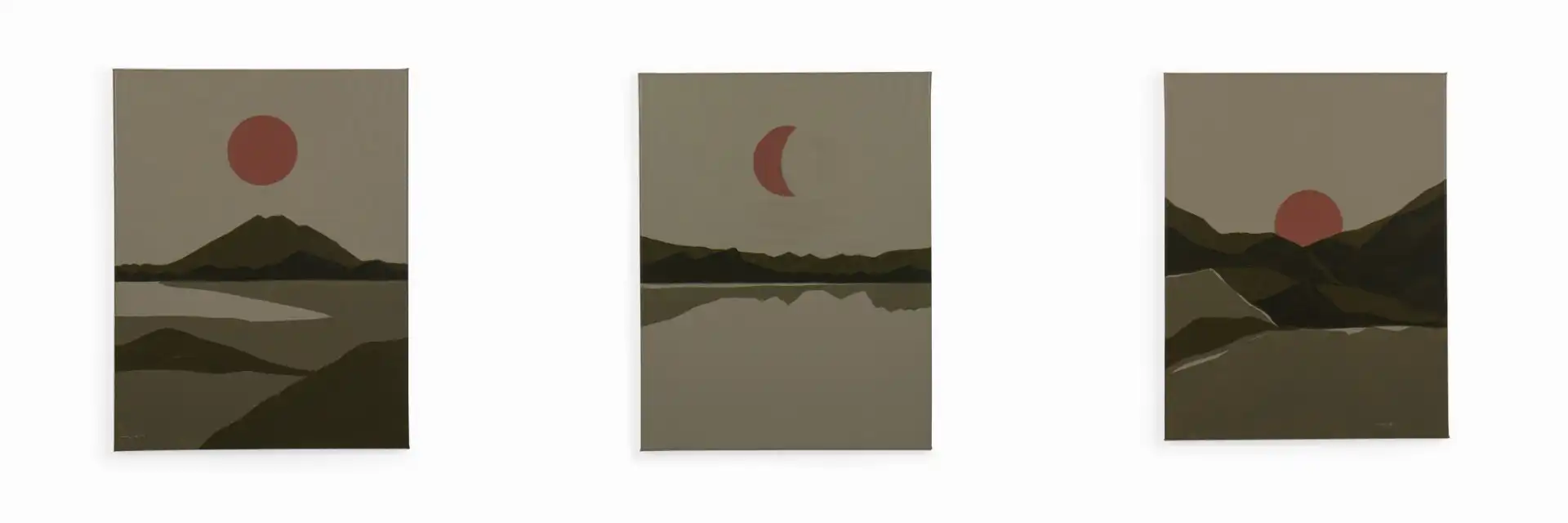
On top of what looks good, you can check if your intent is to tell a story. For instance, you’ll want to think about whether you’re hanging triptychs that must go together or a large piece that is best viewed on its own. You may also want to consider placement in your space, as it’s possible for mistakes to diminish your collection by making things feel cramped or bare.
As a good rule of thumb, you should hang artwork at least five feet above the ground. If you are placing it above furniture or a display case, then you should place it at least five inches away.
4. Learn Your Mediums
Finding the right care practices, environment, and lighting for your artwork has a lot to do with the medium used to produce it. It’s quite important to know what materials were used in a piece you’re getting so you know how to safely display or store it.
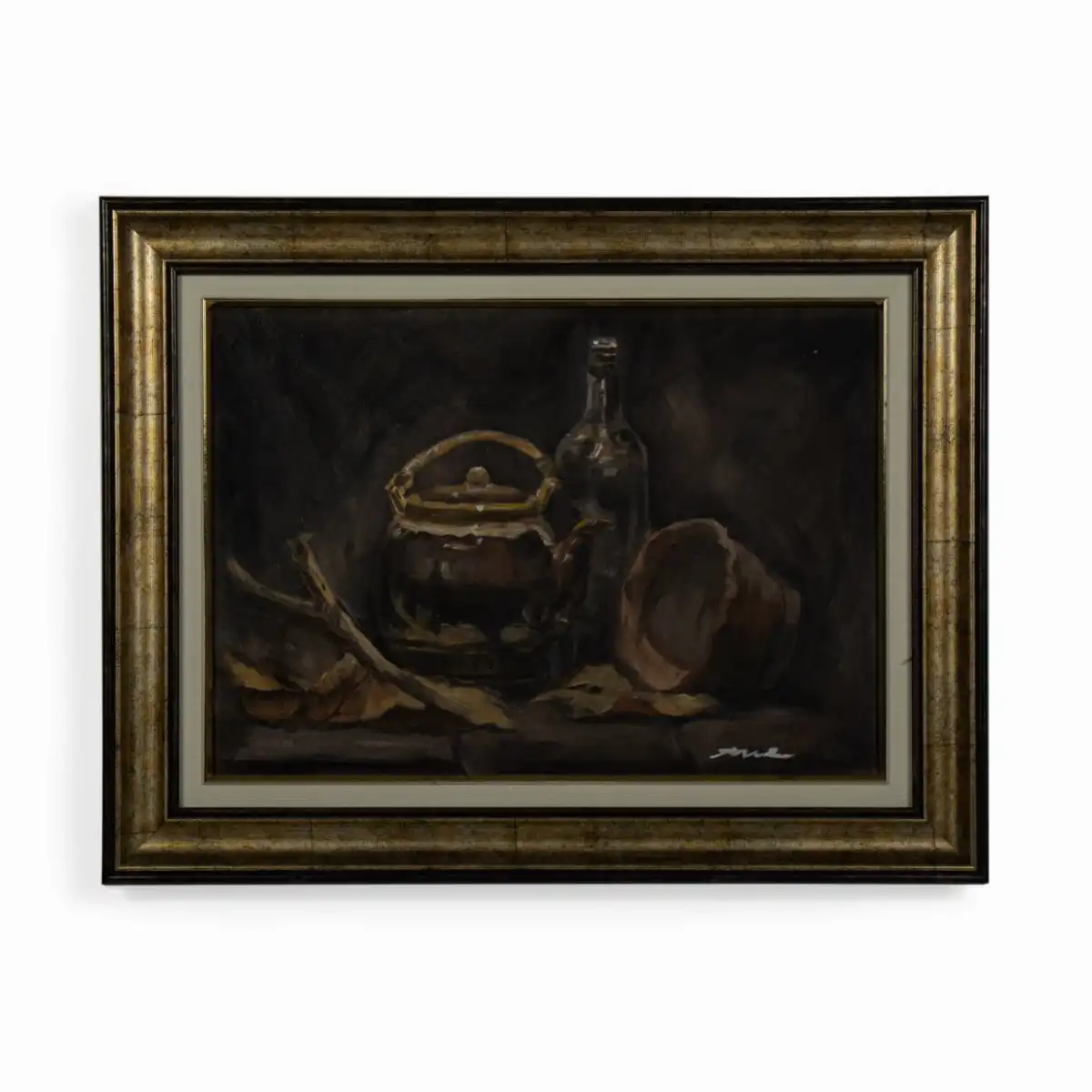
Oils, acrylics, and mixed media won’t all have the same care requirements. In general, though, it’s best to avoid keeping your art in places that have too little or too much humidity. You also want temperatures to be a happy medium, as both the cold and heat can cause damage to paintings.
5. Practice Proper Maintenance
Collecting is also about caring for these artworks for the time you have them, whether they’re just going to be locked away or proudly hung up on walls. Dirt can accumulate, light can distort paint, and extreme changes in temperature can destroy the piece.
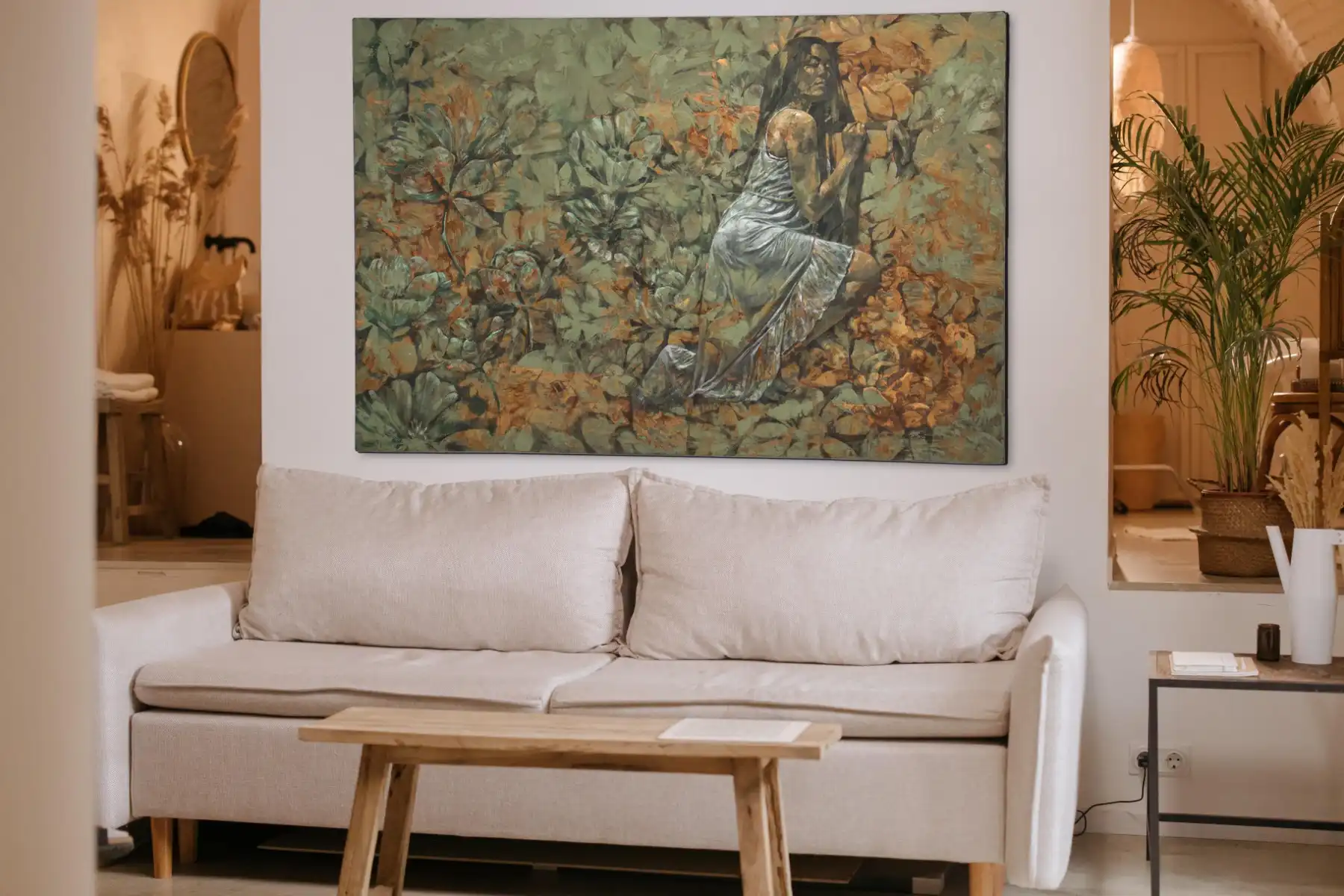
As a rule of thumb, your art piece should not be exposed to direct sunlight as well as cooling and heating units like air conditioners or heaters. While it’s important to clean your artwork, avoid using water and cleaning products. A gentle brush is to be used for some very light dusting, and you may want to frame the piece to protect it from insects and other external factors.
If you want a barrier, consider glass or plexiglass that acts as a shield you can wipe down with a microfiber cloth. Finally, make sure you always wear gloves when handling delicate art as your body’s oils and fibers may warp or destroy certain materials on the surface.
Once you’ve got the basics down, you can start exploring the wonderful world of art - which is where shopITOOH’s online Art Gallery comes in.
Starting with a collaboration with local art collective Art2D2, shopITOOH’s online Art Gallery is curated with the utmost Filipino pride and distinction - a unique trait they wish to preserve by partnering with more independent artists and groups in the future, and offering commercial and commission works as well.
“By bridging the gap from the storefront to the personal space, art becomes a personal form of expression for both creator and consumer,” Bercasio added. shopITOOH’s art pieces take practicality and appeal and bring them straight to the fingertips of burgeoning collectors in today’s modern age.








